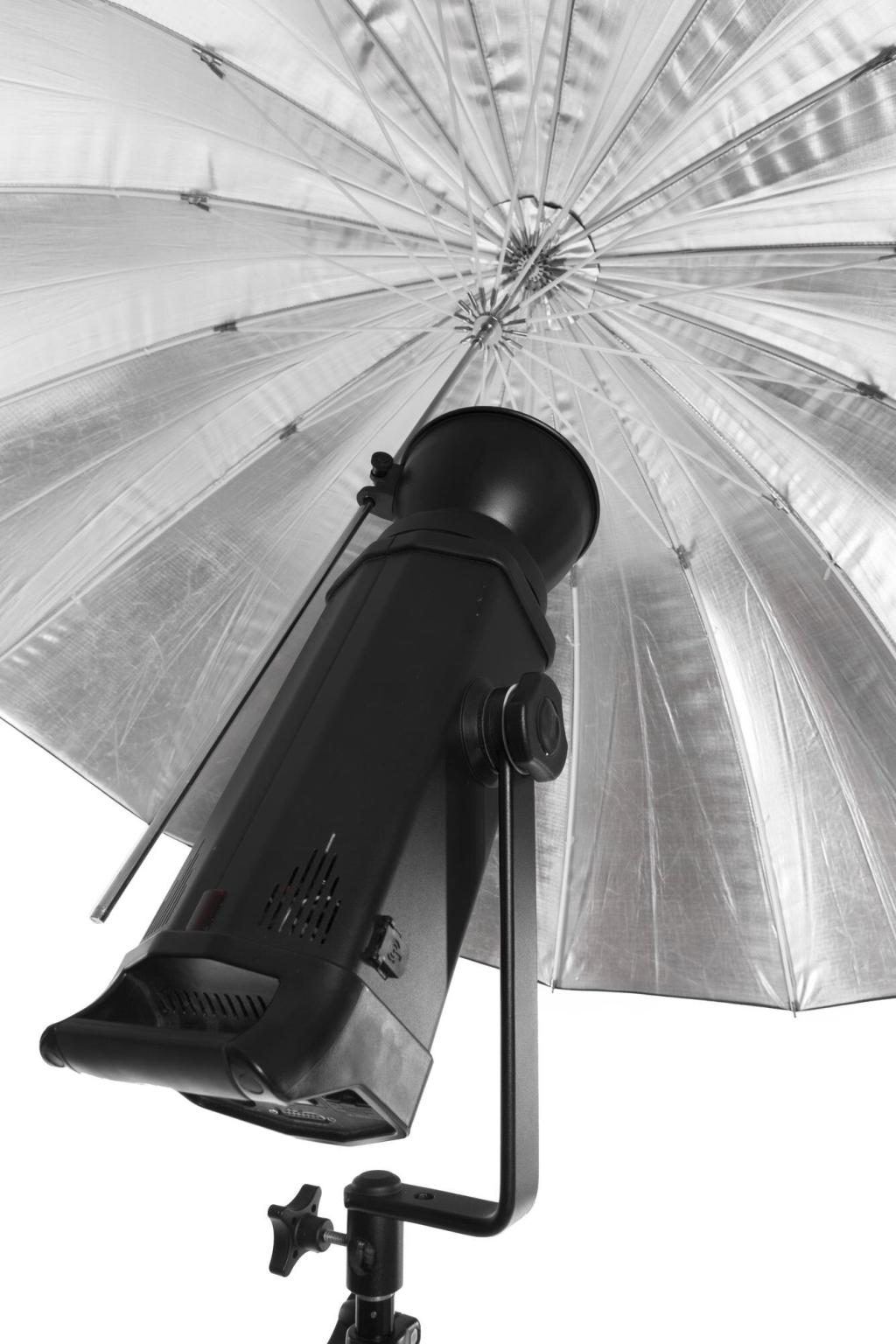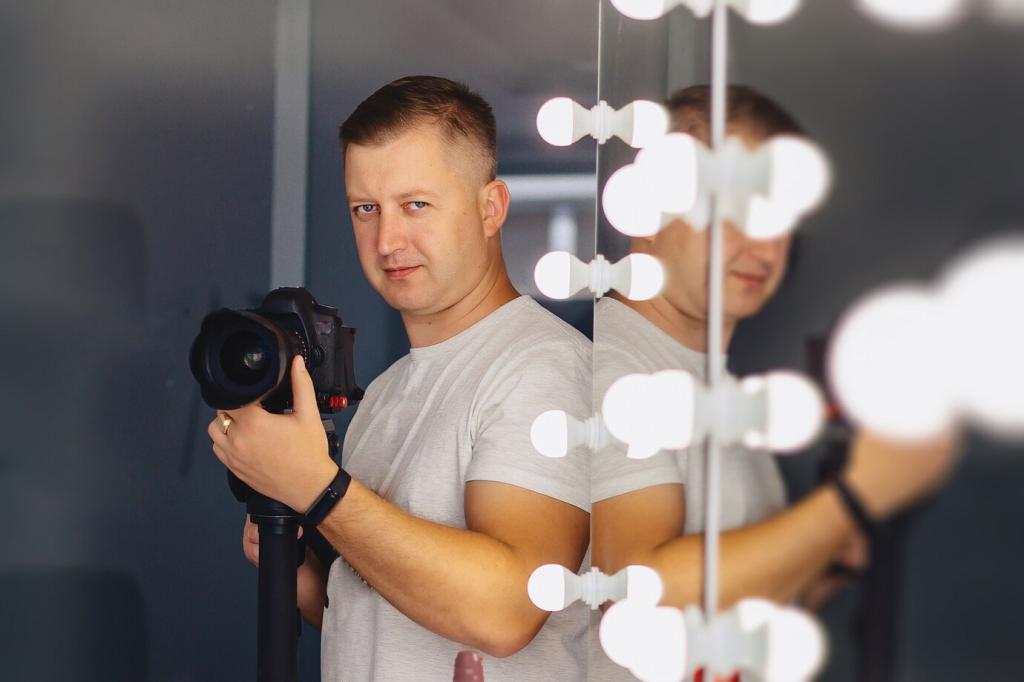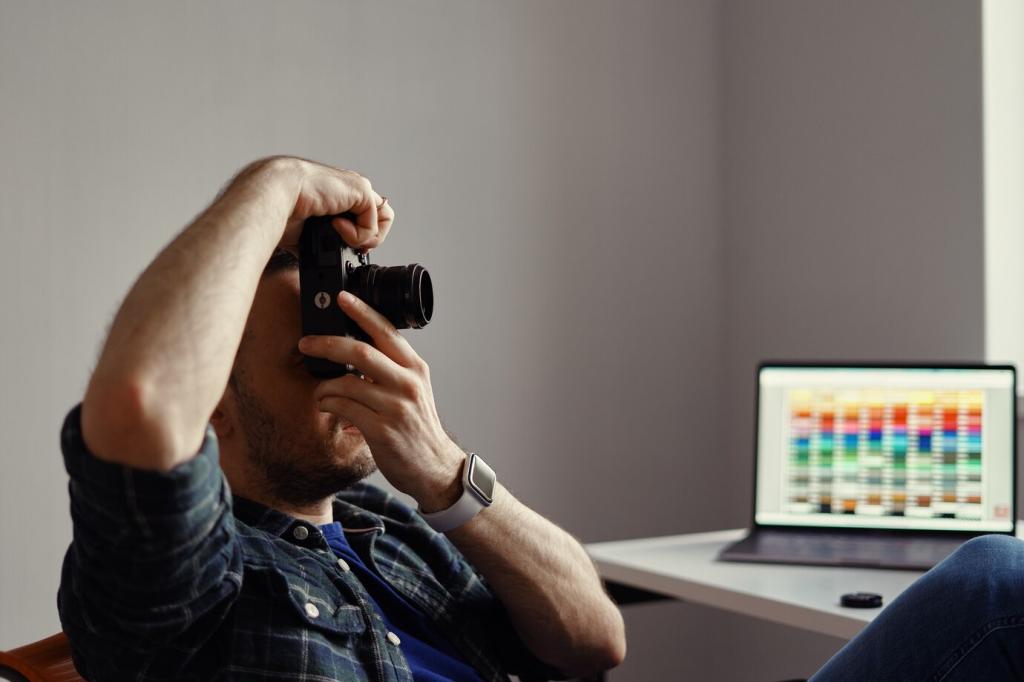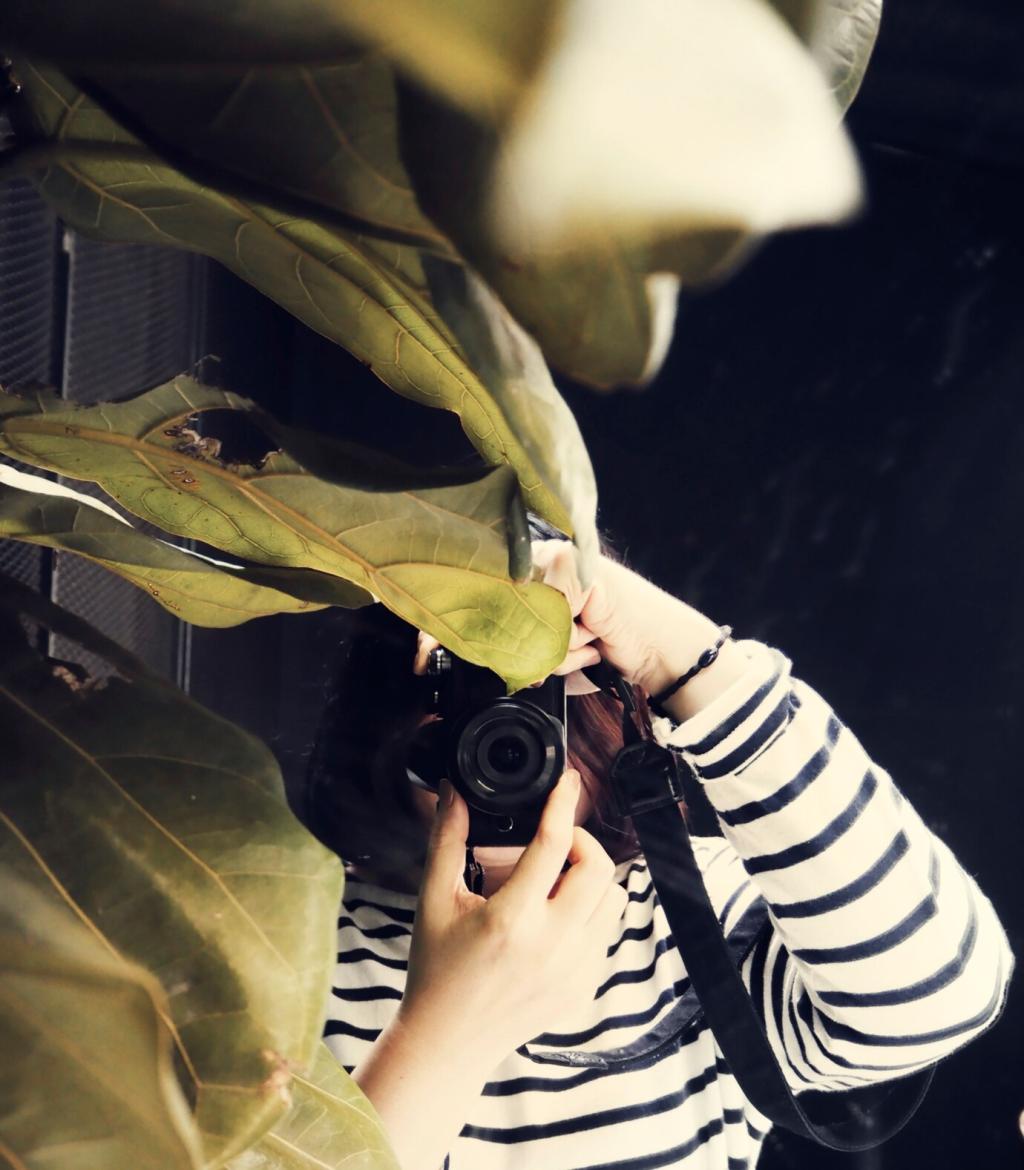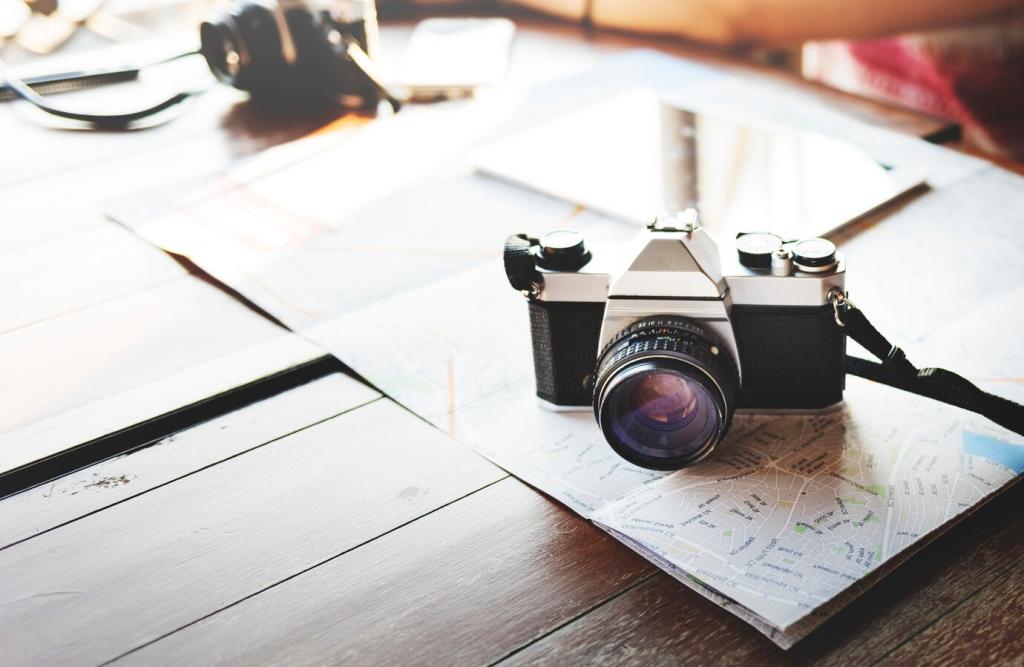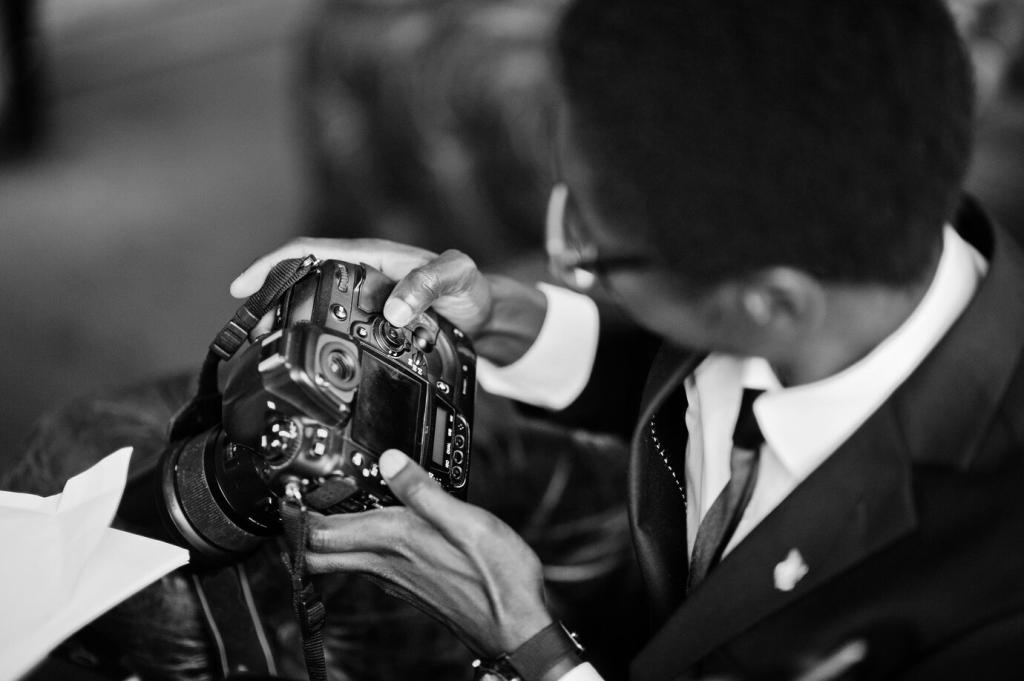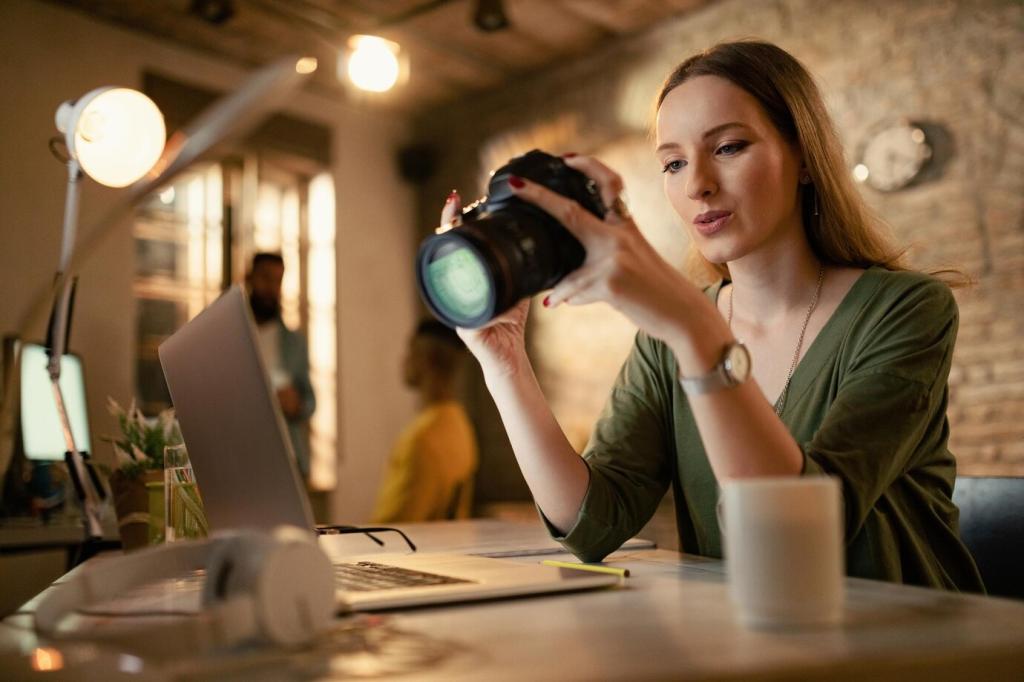Low Light and Astrophotography, Pocket Edition
If you lack a tripod, wedge your phone against a wall or use a rubber band to anchor it to a pole. Trigger with a two-second timer to eliminate vibrations. Even tiny movements ruin detail at night, so stabilize first, compose second, and invite others to critique your sharpness and framing.
Low Light and Astrophotography, Pocket Edition
Use night mode’s longest safe exposure and avoid bright hotspots that bloom. For light trails, enable manual control and drag the shutter while bracing the phone. Compare the phone’s stacking with a dedicated long-exposure app and reveal your most successful combination to inspire fellow night shooters.
Low Light and Astrophotography, Pocket Edition
Plan with a clear-sky forecast, avoid moonlight, and focus at infinity using a distant light. Set a long exposure, then capture multiple frames and stack them in post for cleaner stars. My first Milky Way frame looked muddy; stacking turned it magical. Share your best star fields and settings.

